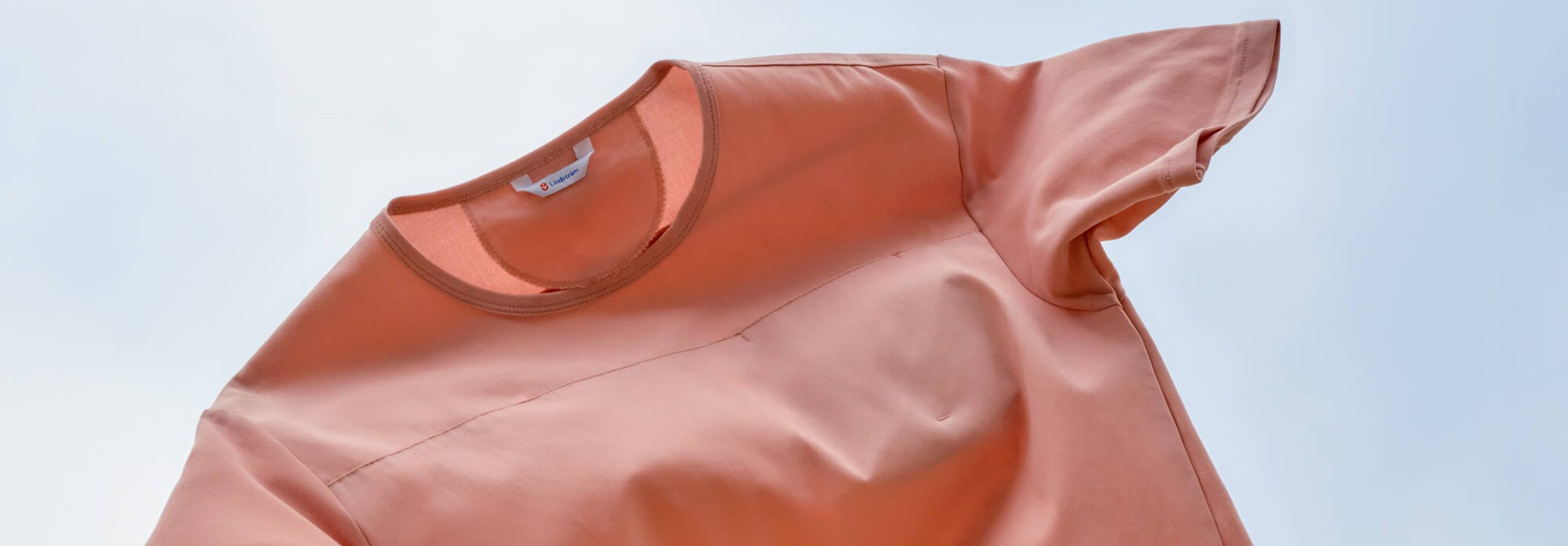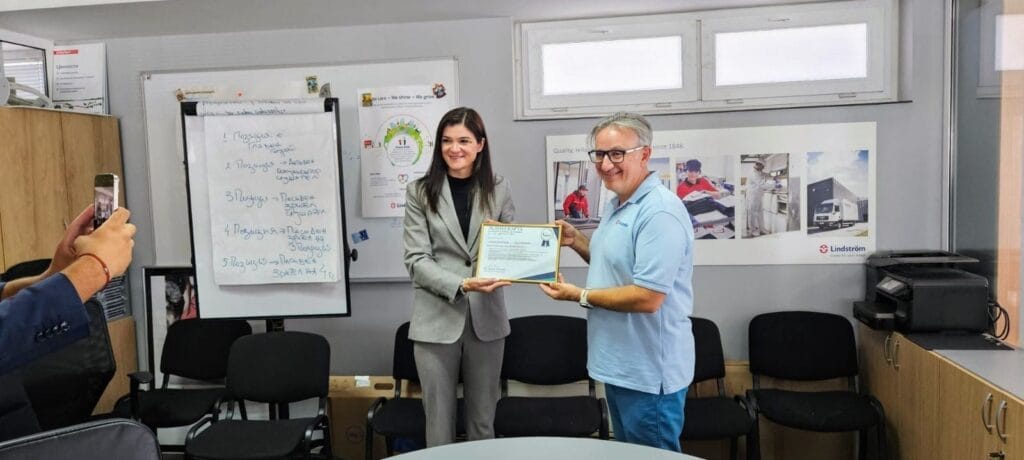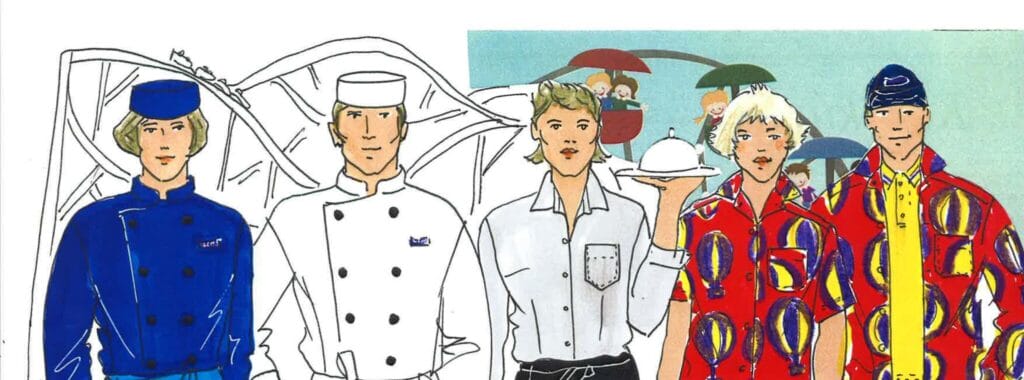
How 3D tools are changing workwear design & development
3D tools are quickly gaining ground in the textile industry, including retail and e-commerce, but the stakes are particularly high in workwear. These garments need to fit well, hold up in tough conditions, and meet specific functional requirements. Otherwise, the consequences can include safety risks, reduced productivity, and long-term health issues.
At Lindström, we’ve been exploring how 3D and digital tools can tackle the unique demands of workwear design. In this article, Pihla Monter, Product Specialist on our workwear team, shares how these tools are helping us rethink traditional processes, what we’ve learned so far, and what’s in store for the future.
The rise of 3D tools in workwear design
The COVID-19 pandemic sped up 3D tool adoption across the textile industry. Teams suddenly needed to collaborate remotely and keep development moving without as many physical samples.
“When COVID hit, many garment companies thought, ‘We need to do something different than what we’re currently doing’,” says Monter.
And that momentum continued. 3D design is becoming a standard, and we expect it to be widely adopted within the next 5-10 years. Monter notes, “At some point, we won’t even think about doing product development only with traditional methods.”
Beyond product design, 3D has become an important part of product development, especially for testing fit across a wide range of body types and sizes.
We can see how the garment fits, whether patterns work, and test products on different body types, shapes, and genders.
Pihla Monter, Product Specialist
How we’re exploring 3D tools at Lindström
In 2024, we launched a one-year pilot to test how 3D tools could fit into our workflow. “Before starting the pilot, we did a deep analysis of 3D tools and how the industry uses the technology,” says Monter. “The garment industry is shifting heavily toward digital processes, and we want to be part of that transformation.”
Our two main goals were:
- To keep pace with the digital transformation already underway in the garment industry
- To streamline our processes and rethink traditional product development
Today, several Lindströmers across teams are using 3D tools throughout the workwear design and development process. Here’s how it works in practice:
- Design phase: Designers start with a 3D product canvas to create new ideas and designs. They test and modify garment shapes and details and can immediately see what works in real life.
- Development phase: Once the design is approved, we virtually test the fit across different sizes using avatars. We further develop the pattern and garment at this stage. Monter shares, “Designers, product specialists, and pattern designers work together with digital product prototypes. They review and fit the garment in a digital environment, and everyone sees the same product regardless of their location.”
Navigating the 3D learning curve
While 3D tools offer new opportunities, they come with a steep learning curve and require rethinking how we work. One major challenge is the skills gap: many experts in the field haven’t yet worked with 3D tools. Training employees while they manage their daily tasks can be tough, as developing these skills takes time and ongoing effort.
Monter emphasises the importance of collaboration to overcome these challenges: “Everyone is eager to learn new things and share their knowledge and tips so we can all learn from one another.”
Comparing traditional 2D vs. 3D workwear design
Traditional workwear design relies heavily on 2D illustrations, 2D pattern work, and physical samples. “2D methods have their limitations. It’s challenging to see proportions or shapes, which means we need physical samples to verify design and pattern work outcomes,” says Monter.
In traditional workflows, visual design often comes first, followed by pattern design. One big change with 3D tools is that these two processes now go hand in hand—meaning visual designers and pattern designers can collaborate early to spot issues and improve fit and function faster.
“We start creating both right from the ideation phase, instead of waiting until after the first sample,” says Monter. “This is especially important for complex, layered, and highly functional garments like workwear.”
| 2D vs. 3D tools in workwear design & development | ||
| Aspect | Traditional 2D methods | 3D tools |
| Visual design | 2D illustrations and flat drawings. | Realistic 3D models with accurate proportions. |
| Pattern development | Separate process after design completion. | Integrated with design from ideation phase. |
| Verification and evaluation | Requires multiple physical samples to evaluate fit and shape | Fit can be evaluated digitally on various body types and sizes. Issues spotted and resolved during the digital phase. |
| Collaboration | Limited early collaboration between designers and pattern makers. | Early collaboration from the start. Designers, product specialists, and pattern designers can collaborate in real-time, from anywhere. |
| Speed and efficiency | Slower iterations; each change may require a new sample. | Fast changes and early issue detection save time and reduce waste. |
Key benefits of 3D tools in workwear design
Monter sums it up well: “3D tools help us develop products more sustainably by reducing unnecessary physical samples. They also enhance our ability to respond more quickly to customer needs with better product quality.”
Here’s a closer look at the ways 3D tools are already improving how we design and develop workwear:
1. Reduce unnecessary physical samples
Everything up to initial approval is managed digitally, resulting in less waste, lower costs, and faster time to market.
That said, physical samples still play a critical role in verifying comfort and performance in real-life working environments.
2. Shorten lead times
The team can identify and fix design flaws or pattern creation issues early.
Monter explains, “In just 10 minutes, we can check if a change works. And if it doesn’t, we can try something else right away. With traditional methods, we’d wait up to two weeks for a new physical sample each time.”
3. Improve product quality
Since we have a wide size range in our products, testing every size physically wouldn’t be possible.
3D tools let us test across all sizes digitally, ensuring better fit and function.
4. Realistic visualisations from day one
All stakeholders can see and interact with the garment before it exists physically, improving decision-making.
5. Strengthen collaboration
Digital prototypes can be reviewed and refined by design, pattern, and product teams regardless of location.
Everyone sees the same model and can contribute in real time.
6. Simplify customer feedback
360-degree visuals and realistic renderings make it easier for customers to grasp design details (like shapes, logos, and colours) and make decisions.
“Visualising 2D drawings can be challenging for people outside of the garment industry. 3D renderings provide a realistic view of garment details and their placements,” says Monter. “Our customers have been happy to see these realistic 3D models.”
The future of workwear design: Blending the best of both worlds
While 3D tools can improve many parts of the workflow, they’re not replacing physical samples—they’re complementing them. Finding the right balance between 3D tools with real-world testing is important now and going forward.
At Lindström, we’re still in the early stages of adopting 3D tools, with plenty of work ahead to improve product design and development.
I’m particularly excited about improving customer experience with 3D tools through virtual showrooms, 3D product configurators, interactive workshop sessions, and compelling storytelling.
Pihla Monter, Product Specialist
To sum it up, here are the key shifts already underway in the garment industry and set to accelerate over the next 5–10 years:
- Automation and AI are enabling tighter integration between 3D design and garment production.
- Virtual try-ons and size recommendations help customers find the right fit without physical samples.
- 3D configurators and interactive workshops enhance the customer experience and make collaboration easier.
- Smarter material use and fewer physical samples support companies’ sustainability and efficiency goals.




